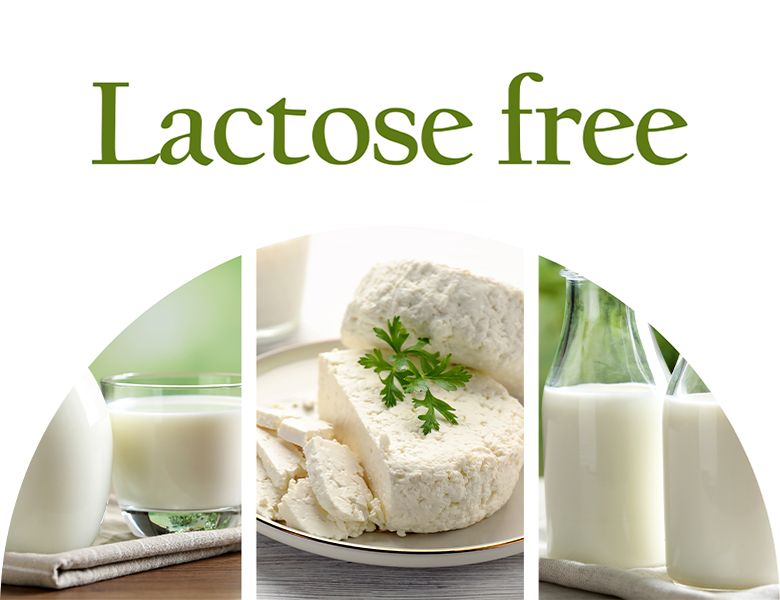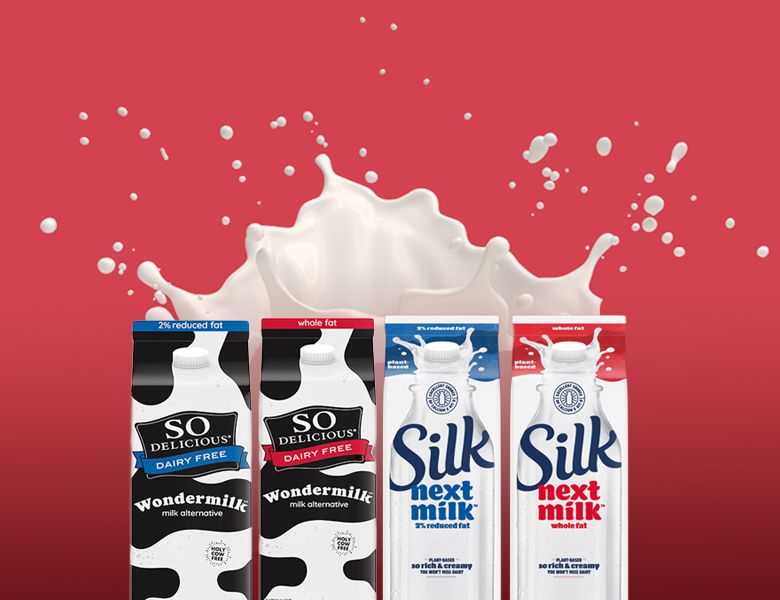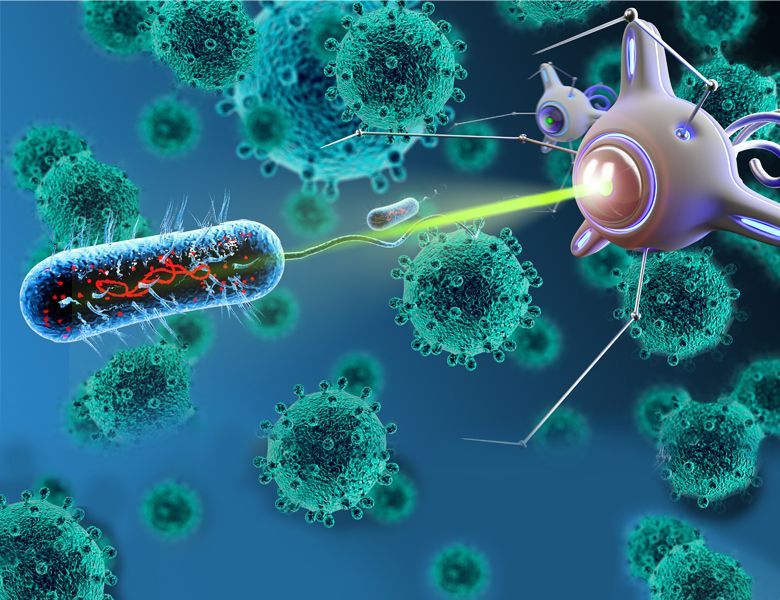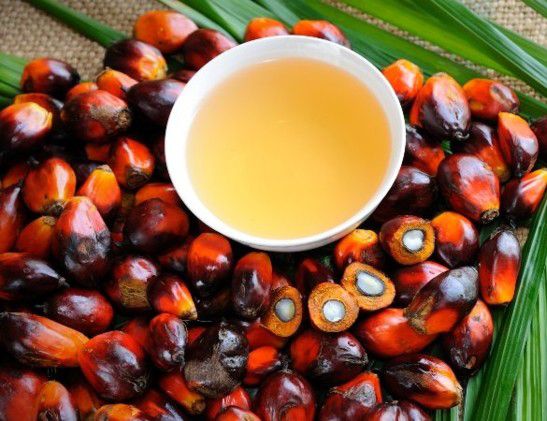6 Handling measures of raw milk
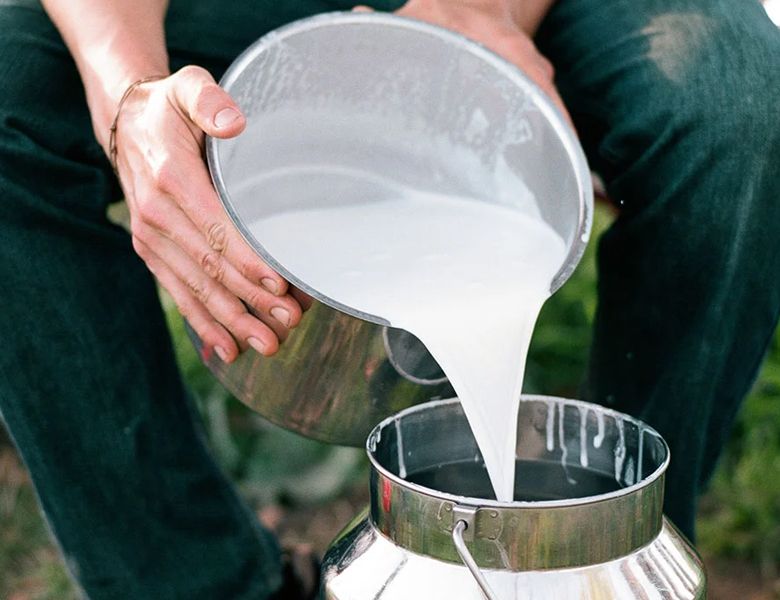
- | آتاماد |
- Viewer: 71
Important microbiological aspects milk has superior nutritional and technological properties, but its drawback is that it is a rich substrate for the growth of a diverse microflora, including pathogens. Raw milk must be obtained from animals without any signs of disease that can cause disease to humans through the consumption or handling of milk, and dairy herds must be free of tuberculosis and brucellosis. The microbiological condition of raw milk determines its quality and chemical composition. The number and types of microorganisms affect the storage quality of raw milk and the effectiveness of heat treatment. The following measures can help maintain the quality of raw milk before processing.
1. Biofilm control
Low initial microbial counts, clean and healthy animals, provision of clean feed and water, cleaning and disinfection of milking equipment, and rapid cooling are prerequisites for raw milk quality for processing. A fundamental issue related to the quality of raw and processed milk is the development of biofilm on milk handling equipment, such as milking and storage units. Bacterial biofilms are surface-associated three-dimensional groups of bacterial colonies held together by a glycocalyx produced during bacterial metabolism that can survive the cleaning process. Psychrotrophic Pseudomonas sp, E. Coli strains, heat-resistant streptococci, and Bacillus spores play a role in biofilms in milk handling equipment. Biofilm formation occurs by precipitation of proteins and sugars from milk. Cleaning-in-place (CIP) protocols enabling intense pre-rinsing with water, circulation of alkaline/acidic and disinfectant solutions, and final rinsing with water are required for milking and storage units of raw milk.
2. Cooling and thermisation
Several methods allow for controlling the microbial quality of raw milk during its storage. The simplest is to reduce the storage temperature of the milk. Reducing the temperature from 6 to 2 °C causes a significant delay in the growth of psychrotrophs to the critical value of 106 cfu/ml for 3 days. Thermisation is a moderate heat treatment (57 to 68°C for over 15 seconds) followed by cooling at 4°C. Thermisation kills nearly all psychrotrophs and many lactic acid bacteria and extends the cold storage period of raw milk to 4 days before processing. However, during the cold storage period endogenous milk enzymes are generally active. This is especially true for lipoprotein lipase, which can hydrolyze the triglycerides of fat globules when the milk fat globule membrane is damaged by temperature fluctuations or by agitation or foaming. The induced lipolysis in milk results in rancidity. In fact, lipoprotein lipase activity is only a problem in raw milk, as it is almost completely inactivated by pasteurization. Its potential activity in raw milk is enough to produce rancid flavors in less than 10 minutes. However, the activity of the enzyme decreases slowly in raw milk kept under refrigeration and provided that the milk triglycerides are protected by an intact MFGM, its action is controlled.
3. Lactoperoxidase system
Another method to improve the quality of raw milk is to activate the lactoperoxidase (LPO) system in milk. Lactoperoxidase is the predominant enzyme that is responsible for the antimicrobial properties of cow's milk and is active against bacteria, fungi, and viruses in the presence of sufficient concentration of hydrogen peroxide (H2O2) and thiocyanate ions (SCN-). This is the second most abundant enzyme in bovine milk after xanthine oxidoreductase and catalyzes the oxidation of SCN- by H2O2 to OSCN-. Both SCN- and OSCN- are harmless to the animal, but they inhibit most of the bacteria that produce H2O2 themselves. The activity of the lactoperoxidase system in milk, which includes H2O2 (mainly from bacterial metabolism) and thiocyanate anions from cyanoglucosides in animal feed, depends on SCN- concentration and pH.
Activation of the lactoperoxidase system in milk through the addition of thiocyanate ions and H2O2 or the addition of an H2O2 system (e.g. glucose oxidase) if applied before pasteurization can be used to preserve raw milk during storage or for the extension of milk shelf-life. In the absence of cooling conditions or heat treatment, this heat treatment is known as cold pasteurization.
4. Carbon dioxide addition
Carbon dioxide can be added to raw milk as an antimicrobial agent. An addition of 20-30 mmol/L at refrigeration temperature is suggested to extend the storage of raw milk while considering the pressure and temperature conditions of treatment because carbon dioxide can precipitate proteins. The effect of CO2 on various species and strains is variable. In general, the lag phase of aerobic plate counts increases substantially and more dramatically than the increase in psychrotrophs lag phase. Inhibition of coliforms with at least 1 log cfu/mL is also possible. The effect of this treatment on Gram-negative bacteria is more than on Gram-positive bacteria and spores. However, the decrease in pH caused by CO2 may cause dissociation of the casein micelles, which can be detrimental to the performance of heat exchangers due to fouling.
5. Centrifugation, clarification and bactofugation
Physical treatments such as centrifugation are also used to improve the storage and technological quality of raw milk. The simplest approach is a disk bowl, which can remove dirty particles, animal hair, somatic cells, and microorganisms and their spores in the form of sediment (sludge) due to the difference in density between them and milk serum. However, due to the inclusion of somatic cells and bacteria in cold agglutinated fat globules, a large fraction of these particles are in the cream phase, especially when a fat separator is used above 40°C, but can be removed with a modified centrifugal separator (Clarifier). In addition, high-speed centrifugation called Bactofugation can be used to remove up to 99% of spores. Bactofugation removes the spores but causes the loss of about 3% of milk compounds. The centrifugate is rich in casein, it can be sterilized at 130°C for a few seconds and then added to milk. Bactofugation is performed at a temperature of 60 to 65 °C and removes up to 95% of spores in a single run. Bactofugation is used to increase the shelf life of pasteurized milk. However, this is an expensive method and requires two separators in a row to remove 99% of spores.
6. Microfiltration
Filtration techniques such as microfiltration (pore size 1 μm) that work at low pressure are also used to remove spores, microorganisms, and somatic cells from raw milk before heat treatment. These milk constituents have a diameter higher than 1μm, similar to some fat globules, and so the process applies to skim milk. Retentate and cream are heat treated/sterilized independently before being mixed with permeate.
Bottom Line
Milk is a considerable nutrient source that contains proteins, lipids, vitamins, minerals, enzymes, and bioactive compounds. In addition to the high content of nutrients, the almost neutral pH, and high-water activity of milk provide an ideal growth environment for a wide range of microorganisms. While milk has traditionally been considered one of the healthiest food commodities, current recalls and outbreaks of milk-borne diseases have increased the desire for safe, high-quality dairy products. Therefore, with the mentioned measures, the quality of raw milk can be improved.
Reference:
Ban GH, Lee JI, Kang DH. Effects of storage temperature on microbiota shifts in raw milk biofilm developed on stainless steel. Food Microbiology. 2023 Apr 1;110:104163. DOI: 10.1016/j.fm.2022.104163.
Pereira PC. Milk nutritional composition and its role in human health. Nutrition. 2014 Jun 1;30(6):619-27. DOI: 10.1016/j.nut.2013.10.011.
Awol K, Taye M, Kassa B. Activation of lactoperoxidase system and its potential for microbial inhibition and preservation of milk in the Great African Rift Valley climate. Cogent Food & Agriculture. 2023 Dec 31;9(1):2247691. DOI: 10.1080/23311932.2023.2247691.
GET IN TOUCH
Copyright © 2023 Atamad.com All right reserved
Website design and SEO services by Seohama team – Web hosting by Sarverhama
Copyright © 2023 Atamad.com All right reserved
Website design and SEO services by Seohama team – Web hosting by Sarverhama
